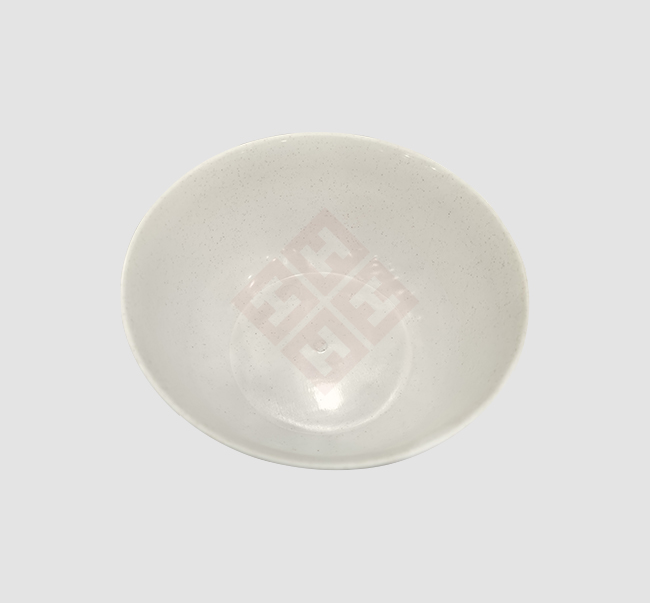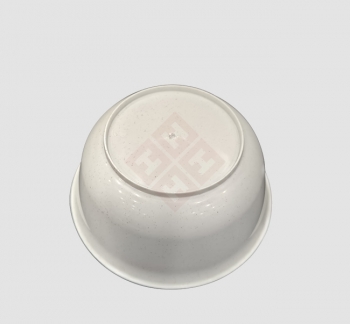First, mold structure design
Forming parts: The size is precisely designed according to the PLA material shrinkage rate, and the shape of the plate is shaped with the cavity and core to ensure that the size is accurate and meets the requirements.
Pouring system: composed of main channel, diverter channel and gate, the gate is reasonably designed according to the PLA fluidity, to ensure that the material is evenly filled in the cavity, to prevent problems such as lack of material and bubbles.
Guide parts: The guide column and guide sleeve ensure the accuracy of the closing, which must have sufficient strength and accuracy to ensure the accurate closing of the dynamic fixed die.
Push-out mechanism: composed of push-rod, etc., reasonably arranged according to the characteristics of the plate, to ensure that the molding plate can be rolled out smoothly and without damage.
Temperature control system: The use of water cooling or oil cooling, scientific layout of cooling waterways to control the temperature, to meet the PLA temperature requirements.
Exhaust system: exhaust the gas in the cavity through the exhaust tank or hole, which is conducive to the smooth injection and ensure the quality of the plate.
Second, mold material selection
Cavity and core materials: often selected P20 steel, H13 steel, etc., they have good corrosion resistance, hardness and strength can meet the mold use.
Guide parts material: multi-purpose alloy steel, bearing steel, to ensure high precision and good wear resistance.
Push-out materials: such as 45 steel and T8A steel, which have enough strength and toughness to cope with the push-out work.
Third, mold processing technology
Machining: With the help of milling, turning and other processes to ensure the dimensional accuracy and surface quality of parts, laying the foundation for assembly use.
Edm: Used for processing complex shape parts, such as cavity, core surface, high processing accuracy.
Wire cutting processing: processing of parts such as templates and electrodes to ensure that they meet the assembly accuracy requirements.
Four, mold assembly and debugging
Mold assembly: Assemble parts according to the design requirements, strictly control the position and matching accuracy to ensure the normal operation of the mold.
Mold debugging: comprehensively check the performance of the mold, adjust and optimize according to the actual situation, until the production requirements can be put into use.


